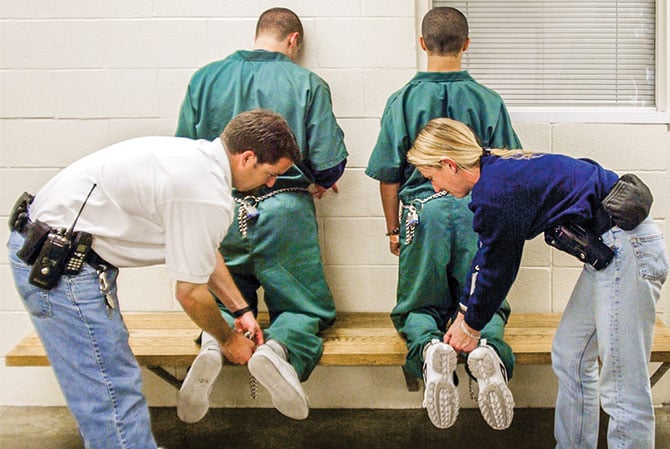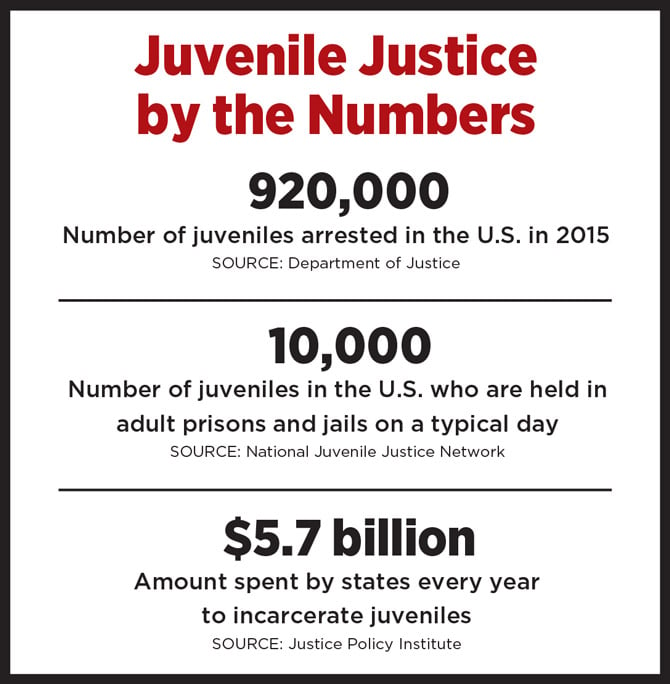Noah Schultz’s life was spinning out of control. At 17, he was already involved with drugs and gangs in his Portland, Oregon, neighborhood. When someone cheated him in a drug deal, Schultz decided to get revenge. He tracked the man down, then beat him with a pistol, causing severe bruising to his face.
That night in 2009 would mark the end of Schultz’s freedom for more than seven years. Within 24 hours he was arrested, charged with assault as an adult, and held on $500,000 bail. He was transferred among several adult jails as he awaited trial.
“I couldn’t believe what happened so quickly,” Schultz recalls. “I’m sitting in this jail with a bunch of grown men thinking: How did I get here?”
Schultz was housed in adult jails after his arrest because Oregon is one of 27 states where prosecutors can choose to charge 16- and 17-year-old offenders as adults. (Prosecutors in another six states must do so.) If found guilty, the teens are then sentenced as adults and sent to adult jails.









